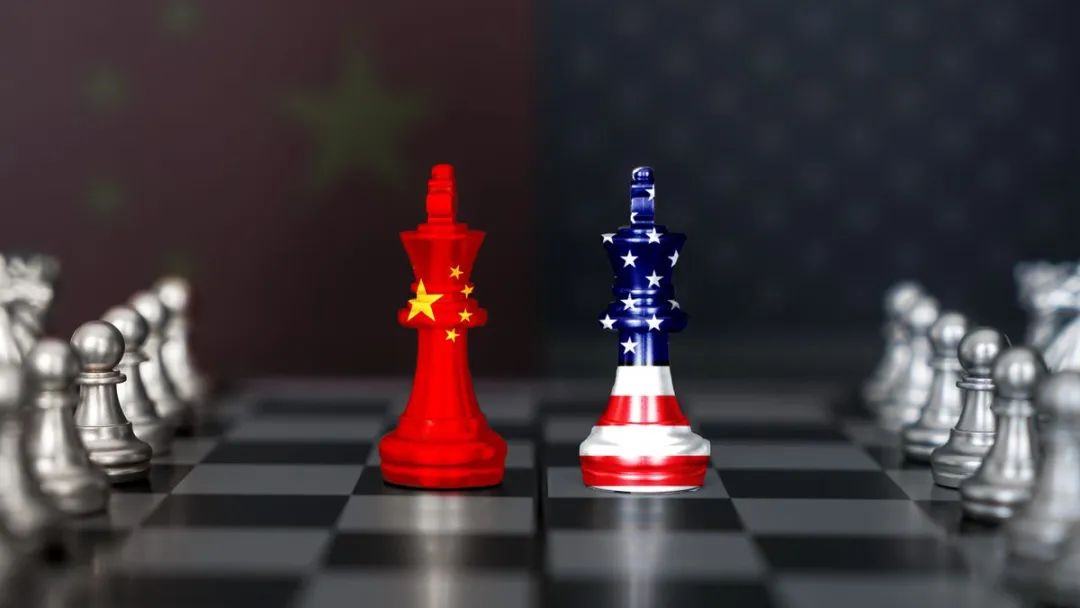Article on the website of the US “Foreign Policy” magazine on October 29, original title: The United States finally ushered in the “Sputnik Moment” with China.
In the past four years, when the author studied global innovation, the more I looked at China as a technological power The astonishing rise—amidst the increasing anxiety and anti-China anger in the United States
the more an intractable problem keeps popping up. Why didn’t the “Sputnik Moment” occur when competing with China, like the Soviet Union launched the “Sputnik” satellite into space in 1957 at the beginning of the Cold War?
That year, President Eisenhower elevated technology to a national mission, established the National Aeronautics and Space Administration (NASA), and greatly increased support for research and development.

To be sure, no one of China’s achievements can make headlines today — perhaps except for Beijing’s recent victory over the new crown virus.
The areas where China is ahead of the United States, such as financial technology, are mainly limited to daily life, not grand and extraordinary achievements.
However, in addition to the fanatical fear and dislike of China, various tariffs, technological prohibitions, and the deterioration of US-China relations, the United States has far more complaints about China than competing with China.
Apart from sanctions and tariffs, the United States has no idea how to deal with the challenge.
Now the situation has changed. The United States is very worried about losing its competitive advantage over China.
This kind of psychology has begun to surpass the fierce tribal politics in the United States and turn the traditional laissez-faire view of the United States into fanatical technical nationalism.
China-phobia makes traditional free-market Republicans uncharacteristically. For example, Senator Rubio called for a “pro-American industrial policy.”
This is also evident from the large amount of legislation in the US Congress. The 366 China-focused legislation submitted from 2019 to 2020—mostly on trade, investment, and technology although only a few may become laws.
Most of the bipartisan legislation is also reflected in the Democratic presidential candidate Biden’s manufacturing plans, and those plans appear to be the same as President Trump’s.
The most prominent is the “Creating Effective Incentive Measures for the Production of Semiconductors in the United States Act” which advocates subsidizing the semiconductor industry. As an amendment to the current National Defense Authorization Act, this bill may become law before the end of the year.
This is a very big problem. why? Because semiconductor is a global industry worth 470 billion US dollars, it is the core driving force of all digital things and the foundation and lifeblood of the entire knowledge economy.
China itself currently relies on imported chips and has been trying to achieve localization of chips. Although it failed to achieve the goal of 40% localization this year, it is still redoubled efforts to reach the goal of 70% by 2025.
A series of legislation and the remarks of the two presidential candidates have highlighted concerns about China’s technological dominance and greatly stimulated the two parties’ new desire to maintain and promote the weakened innovation advantage of the United States.
Although the effects of industrial policies in the United States are not uniform, the breadth and scope of new resources and public-private cooperation are large, which will undoubtedly have a significant impact on the United States’ technological capabilities.
The unintended consequences of this kind of blood-killing technological nationalism in the United States, whether for good or for bad, is another question.
In the best case, the result of the new American spirit may be to make Washington better if it can mobilize like-minded partners—to compete with China, forcing Beijing to return to its promised economic reforms and reducing many government-driven capitalism.
Measures. In the worst case, it may lead to a polarized global economy with conflicting rules, norms and standards. The biggest worry is that global innovation will fall victim to technological nationalism. After all, global innovation is developed on the basis of openness and transparency.
The world is in the early stages of the so-called fourth industrial revolution. Converged new technologies-artificial intelligence, big data, robotics, biotechnology, nanoengineering, new materials, Internet of Things, 3D printing-merge the digital world and the physical world, and promote economic growth in the coming decades, Influence geopolitics.
U.S. officials must have understood early on that technological innovation is the fulcrum of the future, but most of them are just talking about it. Until the fear of being surpassed by China gave birth to the drive for change. The next “Sputnik moment” has finally arrived.



